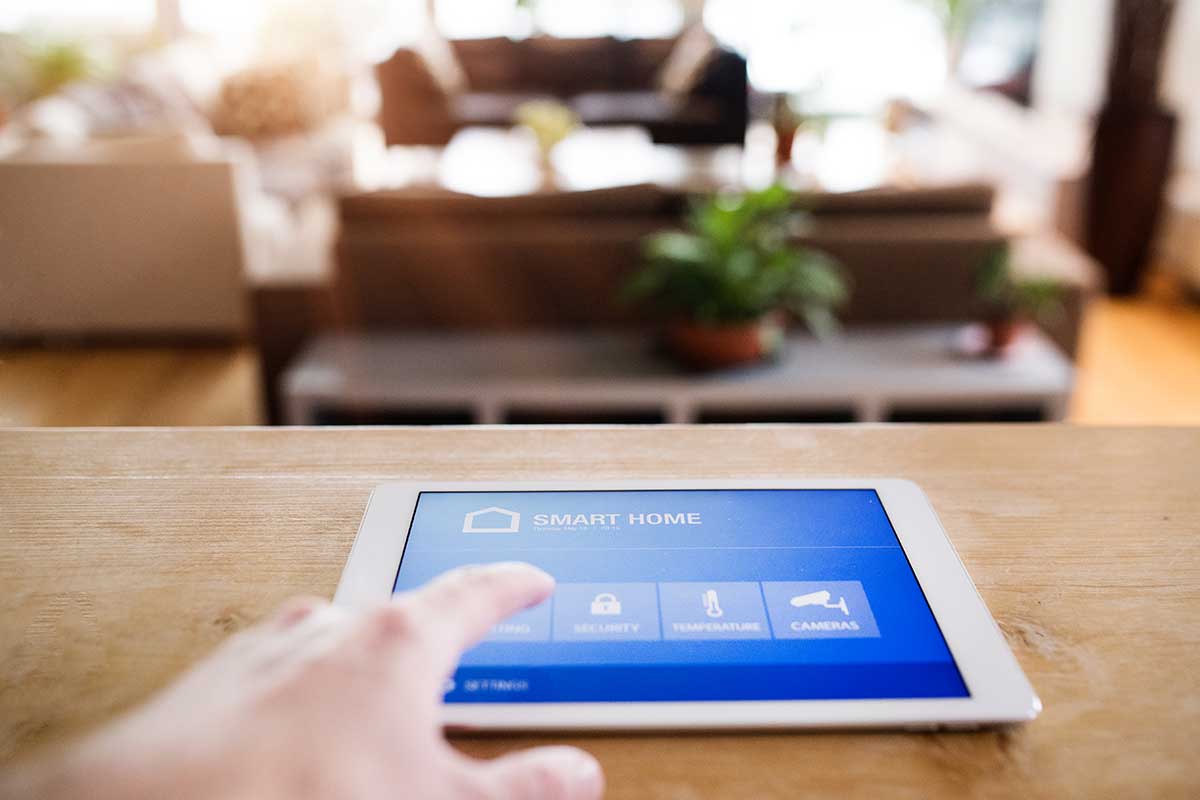
Smart Home Devices: A Comprehensive Guide to Energy Savings
The rise of smart home technology has revolutionized the way we interact with our homes, offering increased convenience, security, and, most importantly, the ability to save energy and reduce utility costs. With the push toward more sustainable living, incorporating smart home devices can be an effective way to manage your energy consumption, even when you’re not home.
From smart plugs to smart thermostats and energy-efficient lighting, these devices provide easy solutions for optimizing your home’s energy use. Let’s dive into the top smart home tools that can help you save energy, increase convenience, and ultimately reduce your utility bills.
1. Smart Thermostats
One of the most popular and impactful smart devices for energy savings is the smart thermostat. Traditional thermostats operate at a set temperature, but with a smart thermostat, you have full control over your home’s heating and cooling system remotely.
- Energy Savings: Smart thermostats learn your daily schedule and adjust the temperature based on your preferences and habits. They can detect when you’re home or away, ensuring your heating and cooling systems are only working when needed.
- Convenience: You can control your thermostat via smartphone, voice assistants (like Alexa or Google Assistant), or preset schedules. Many models allow for easy temperature adjustments even when you’re not at home, preventing energy waste.
- Cost Reduction: By reducing the heating and cooling when not necessary, smart thermostats can save homeowners up to 10-12% annually on heating and cooling costs, according to the U.S. Department of Energy.
Examples: Nest Learning Thermostat, Ecobee Smart Thermostat
2. Smart Plugs and Outlets
Smart plugs are a simple but powerful tool to help reduce energy consumption in your home. These devices fit into any standard outlet and allow you to control the power supply to appliances and electronics remotely, meaning you can turn them off when they’re not in use.
- Energy Savings: Many appliances and electronics continue to draw power even when turned off—this is known as phantom power. Smart plugs help you eliminate unnecessary energy waste by scheduling or remotely turning off devices.
- Convenience: Smart plugs can be controlled from your smartphone or voice assistants. Set schedules to automatically turn off your devices when you don’t need them, even while you’re away.
- Cost Reduction: By cutting down on phantom power, you can reduce electricity consumption and save on your monthly bill. You can also track the energy usage of plugged-in devices via the app, helping you identify any energy hogs.
Examples: TP-Link Kasa Smart Plug, Wemo Mini Smart Plug
3. Smart Lighting
Smart lighting is a simple yet effective way to reduce your energy consumption while still enjoying full control over your home’s atmosphere. These energy-efficient bulbs can be controlled remotely, dimmed to the desired brightness, and set on schedules.
- Energy Savings: LED smart bulbs consume up to 80% less energy than traditional incandescent bulbs and last significantly longer. Additionally, smart lighting systems allow you to dim or turn off lights when they aren’t needed.
- Convenience: Smart lights can be controlled through voice commands, apps, or automated schedules. For example, set your lights to turn off automatically when you leave the house, or adjust the brightness based on the time of day.
- Cost Reduction: With the ability to control your lighting based on your habits and needs, smart lighting can drastically reduce your electricity usage over time.
Examples: Philips Hue, LIFX Smart Bulbs
4. Smart Power Strips
Like smart plugs, smart power strips can control multiple devices at once, eliminating the need to manually switch off several devices when not in use. They are an excellent tool for entertainment systems, home offices, or anywhere multiple electronics are plugged in.
- Energy Savings: Smart power strips automatically cut power to devices that are in standby mode or turned off, reducing phantom energy loss.
- Convenience: Set schedules to automatically turn off devices or control them remotely via an app.
- Cost Reduction: Smart power strips can help prevent unnecessary power waste, saving you money on your electricity bill.
Examples: Belkin WeMo Insight Smart Plug, Kasa Smart Power Strip
5. Smart Water Heaters
Heating water accounts for a significant portion of energy consumption in most households. A smart water heater allows you to monitor and control the temperature of your water remotely, ensuring that you’re not wasting energy by keeping your water too hot or running the heater when not needed.
- Energy Savings: A smart water heater can adjust the temperature based on your schedule, only heating the water when you need it. This prevents the constant energy consumption of traditional water heaters.
- Convenience: These systems can be controlled from your smartphone, allowing you to adjust settings while away from home.
- Cost Reduction: Smart water heaters can save homeowners up to 10% annually by optimizing heating times and ensuring that water is only heated as needed.
Examples: EcoSmart Smart Water Heaters, Rheem EcoNet
6. Smart Appliances
Many of today’s appliances are available in smart versions, from refrigerators to washing machines and dryers. These appliances use less energy and can be optimized to run during off-peak hours when electricity costs are lower.
- Energy Savings: Smart appliances help you save energy by running during off-peak hours, using less energy, and offering more precise control.
- Convenience: Manage your smart appliances from your phone, set schedules, and receive alerts when maintenance is needed.
- Cost Reduction: Using energy-efficient smart appliances can lower your overall household energy consumption, reducing electricity bills.
Examples: Samsung Smart Fridge, LG Smart Washer
The Bottom Line
Smart home devices offer homeowners a convenient way to take control of their energy use, lower their utility bills, and reduce their environmental impact. By integrating smart thermostats, lighting, plugs, and appliances into your home, you can save energy, increase comfort, and make your living space more efficient—all from the palm of your hand.
As more Canadians adopt these technologies, they are finding innovative ways to reduce energy consumption and enhance their daily routines. Whether you’re looking to save money, improve your home’s energy efficiency, or simply increase convenience, smart home devices provide the perfect solution.
Ready to make the switch to a smarter home? Start small, and take control of your energy usage with the best smart home tools available today.


